Hit & Miss engines were made by a multitude of engine
manufacturers during their peak usage which was from approximately
1910 through the early 1930's when they began to be replaced by
more modern designs. Some of the largest engine supplier's
were Stover, Hercules, International Harvester,
McCormick Deering, John Deere and
Fairbanks Morse.
A Hit & Miss engine is a type of flywheel engine. A flywheel engine
is an engine that has a large flywheel or set of flywheels
connected to the crankshaft. The flywheels maintain
engine speed during engine cycles that do not
produce driving mechanical forces.
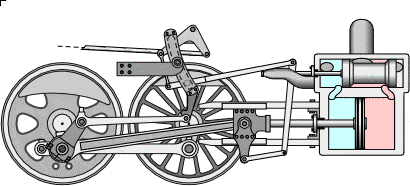 The flywheels store energy on the combustion
stroke and supply the stored energy to the mechanical load on the
other three strokes of the piston. When these engines were
designed technology was not nearly as advanced as
today and all parts were made very large.
The flywheels store energy on the combustion
stroke and supply the stored energy to the mechanical load on the
other three strokes of the piston. When these engines were
designed technology was not nearly as advanced as
today and all parts were made very large.
A typical 6 horsepower engine weighs approximately 1000 pounds.
Typically, the engine material was mainly cast iron and all
significant engine parts cast from it. Small functional
pieces are made of steel and machined to perform
their function.
Hit & Miss engines were made to produce power outputs from 1
through approximately 100 horsepower. These engines are
slow speed and typically ran from 250 revolutions
per minute (rpm) for large horsepower engines
to 600 rpm for small horsepower engines.
 They were used to power water pumps for
cultivation, saws for cutting wood, generators for electricity in rural
areas, running farm equipment and many other applications. Some
were mounted on cement mixers. These engines also ran some
of the early washing machines. They were used as a
labor saving device on farms, and allowed the
farmer to accomplish much more than he
was previously able to do.
They were used to power water pumps for
cultivation, saws for cutting wood, generators for electricity in rural
areas, running farm equipment and many other applications. Some
were mounted on cement mixers. These engines also ran some
of the early washing machines. They were used as a
labor saving device on farms, and allowed the
farmer to accomplish much more than he
was previously able to do.
The engine was typically belted to the device being powered by a wide
flat belt, typically from 2 - 6 inches wide. The flat belt is driven
by a pulley on the engine that attached either to a flywheel
or to the crankshaft. The pulley is specially made in
that its circumference is slightly tapered from the
middle to each edge, like an over inflated car
car tire, so that the middle of the pulley
is a slightly larger diameter. This
keeps the design flat belt in
the center of the pulley.
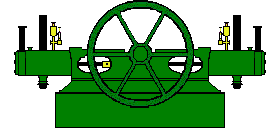 Although thousands of out of use flywheel engines
were scrapped in the iron and steel drives of World War II, many
survived to be restored to working order by enthusiasts.
However in recent years engines with original paint
have become more desirable to many collectors
than repainted engines. Numerous preserved
Hit & Miss engines may be seen in action
at shows dedicated to antique engines.
Although thousands of out of use flywheel engines
were scrapped in the iron and steel drives of World War II, many
survived to be restored to working order by enthusiasts.
However in recent years engines with original paint
have become more desirable to many collectors
than repainted engines. Numerous preserved
Hit & Miss engines may be seen in action
at shows dedicated to antique engines.
Except for some of the big engines still in use in the oil fields, most have
become collectors items. Nothing today sounds quite like a Hit &
Miss popping along at a show. Let's hope these relics of the
past will be here for future generations to enjoy.
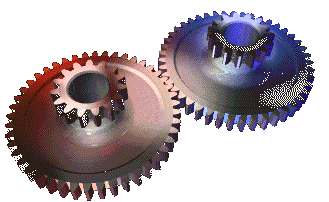
Examples of Hit & Miss Engines in Small Tractors
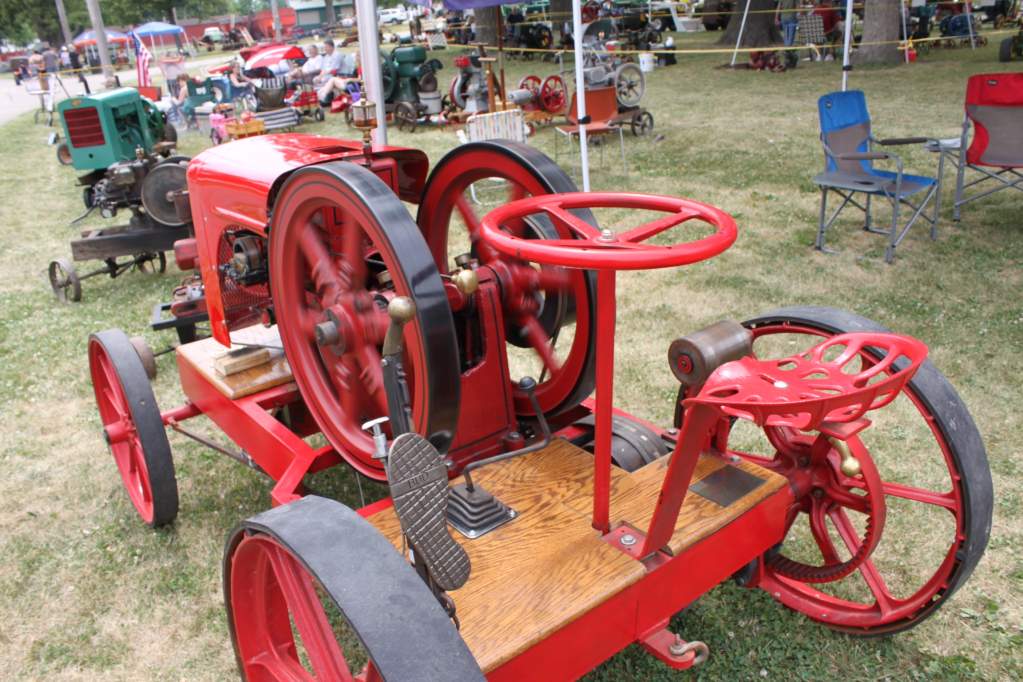
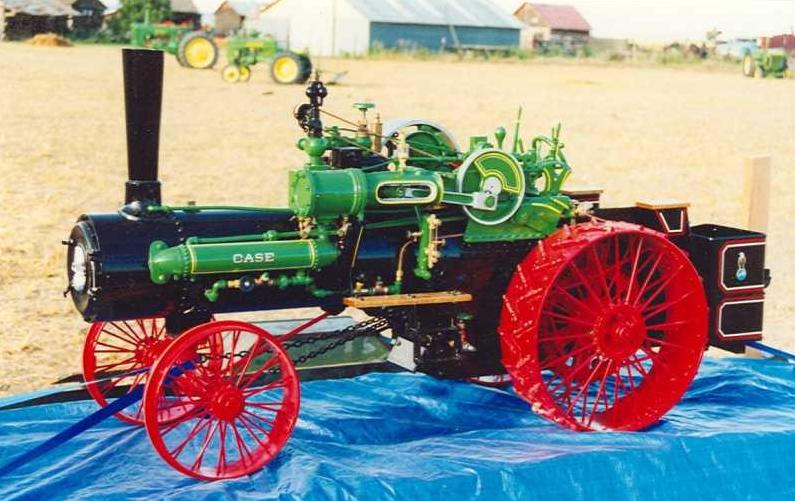
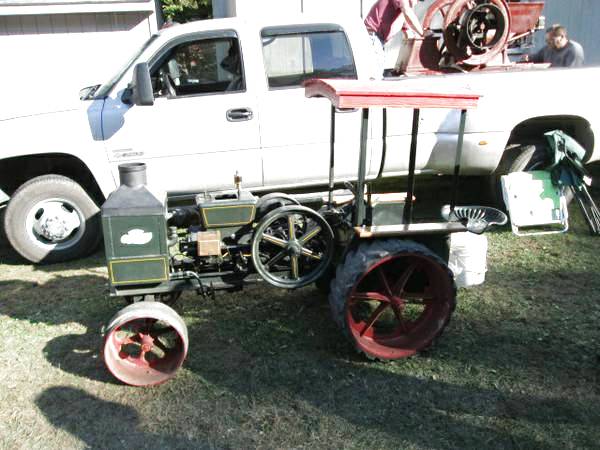
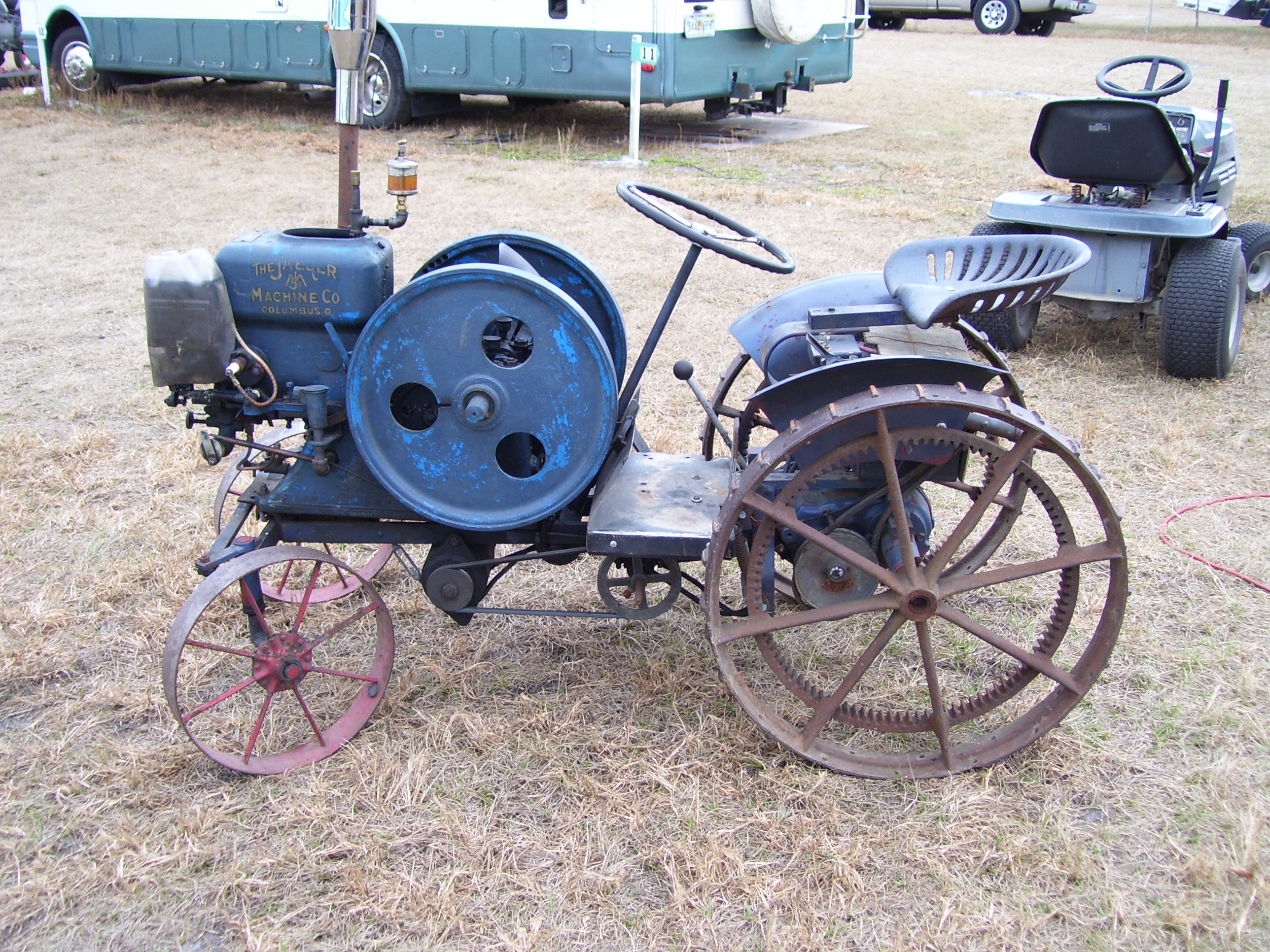
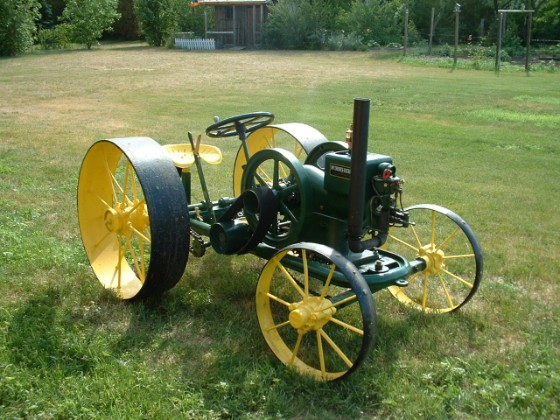
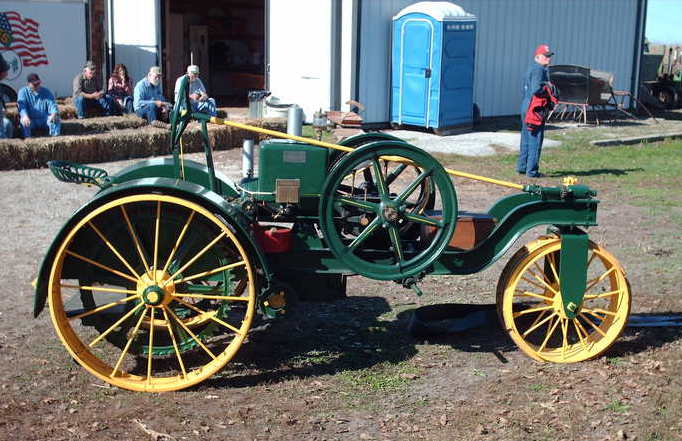
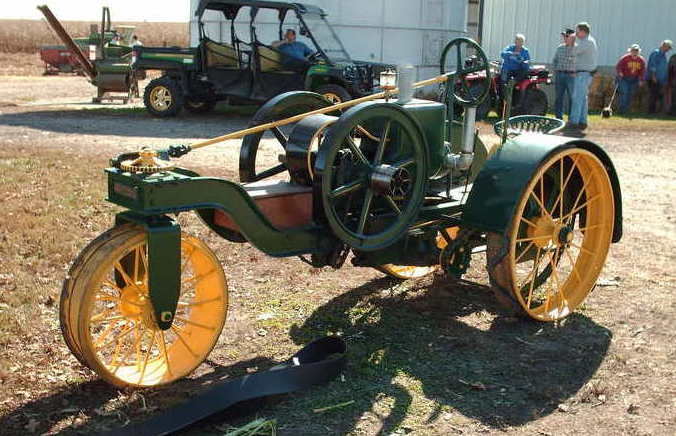
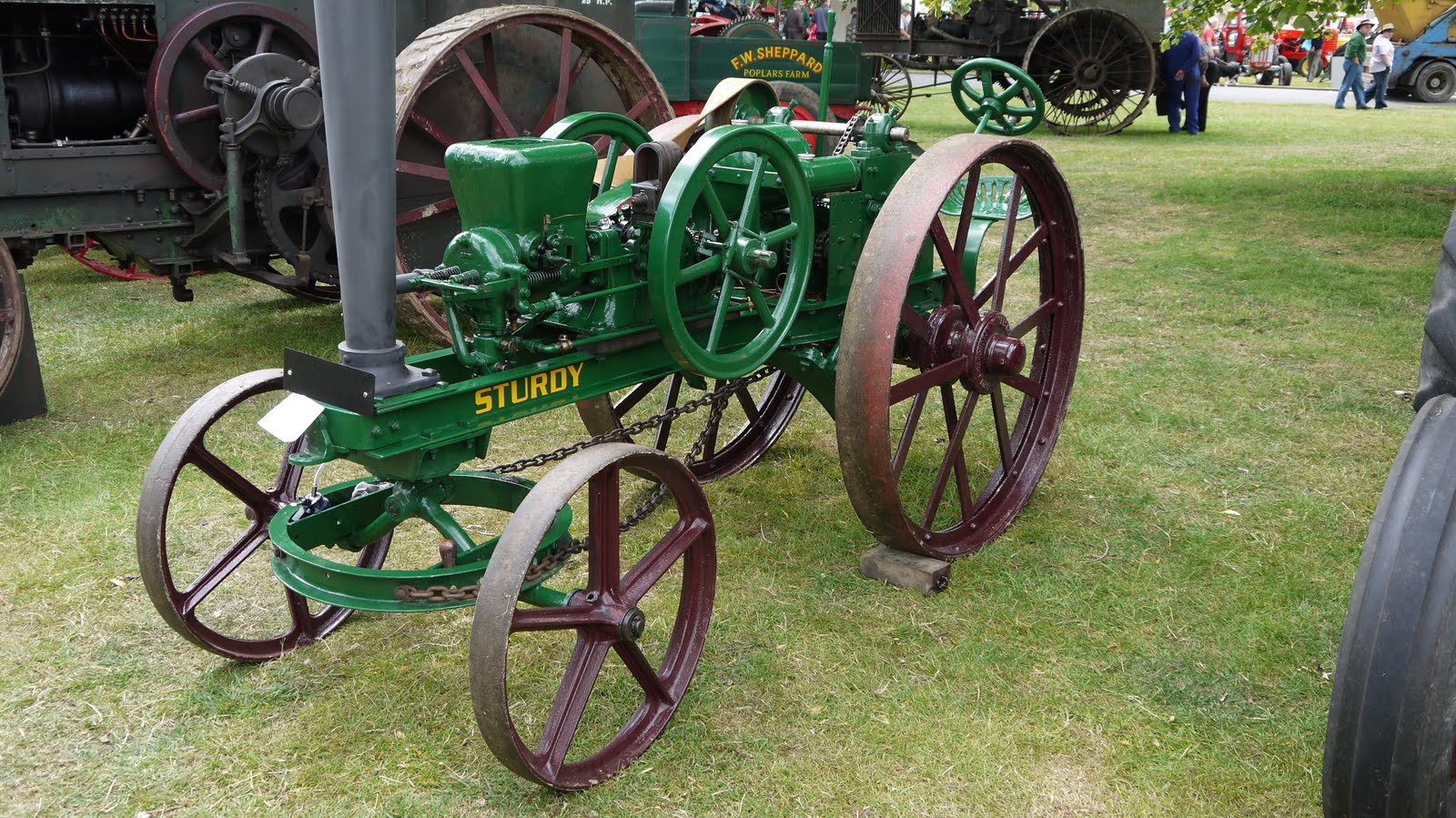
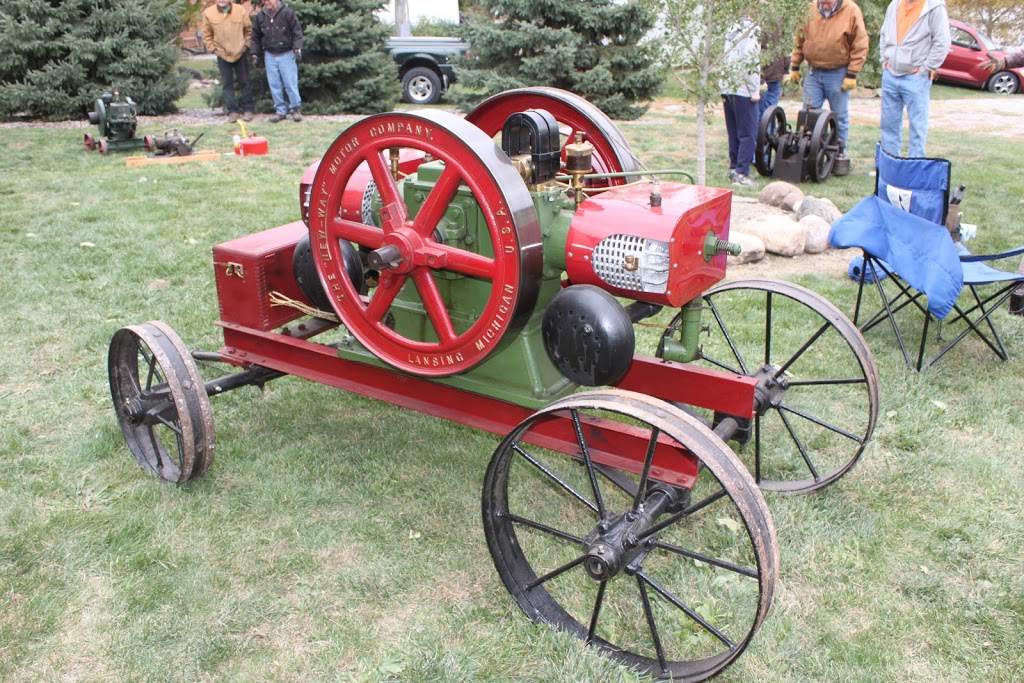
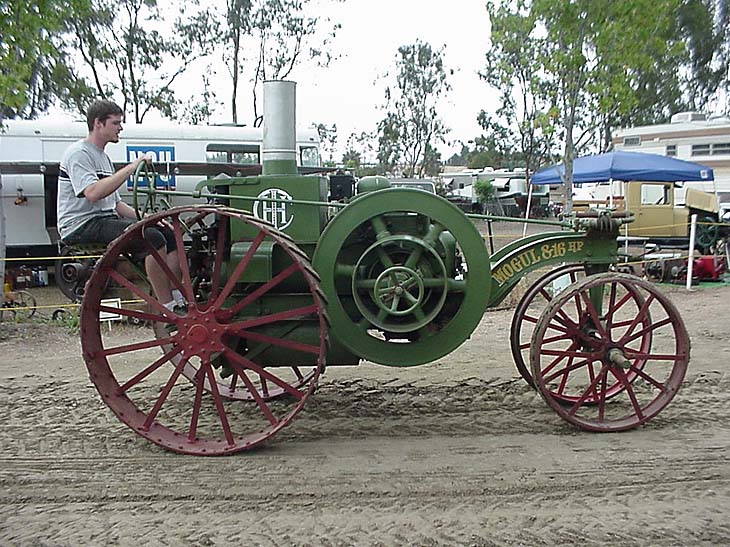
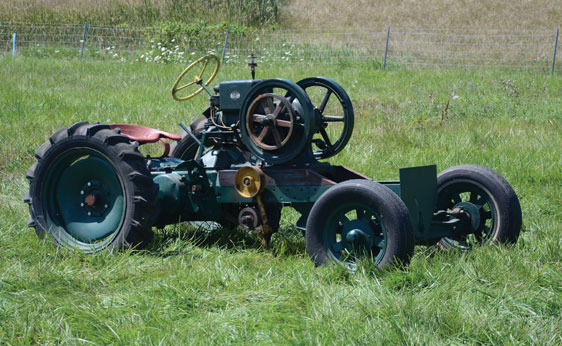
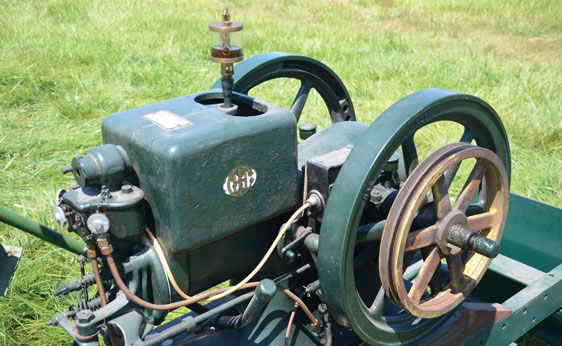
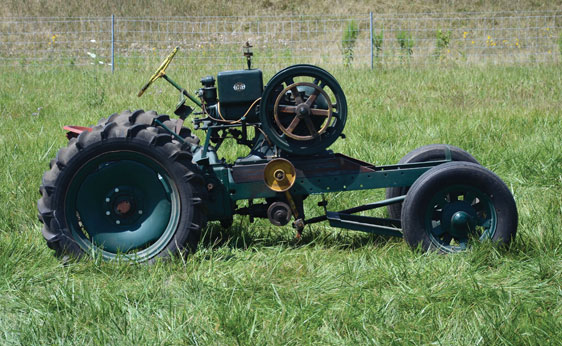
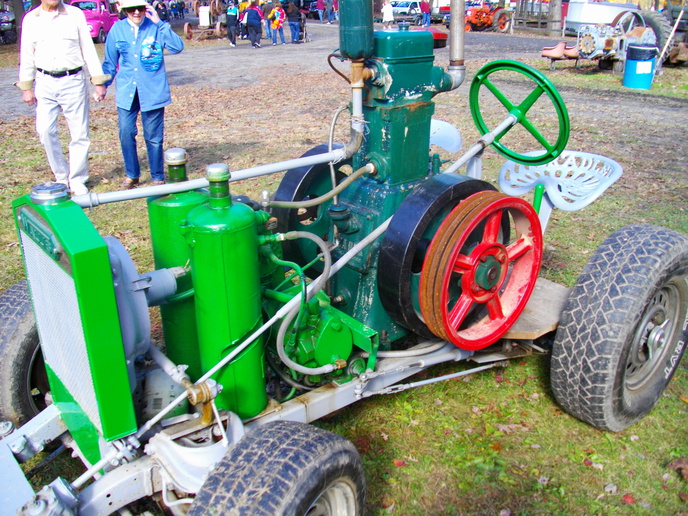
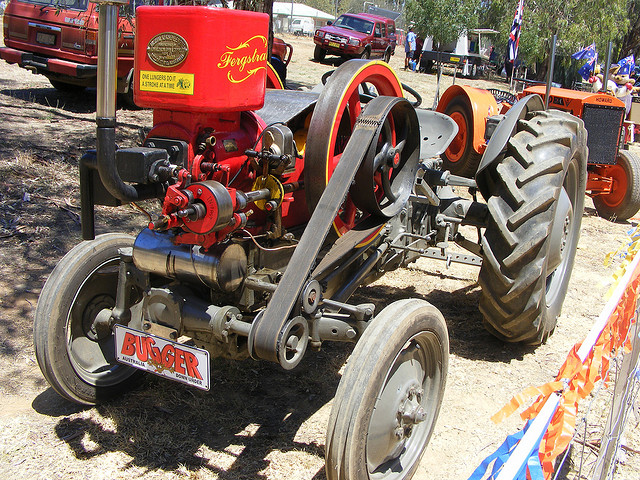
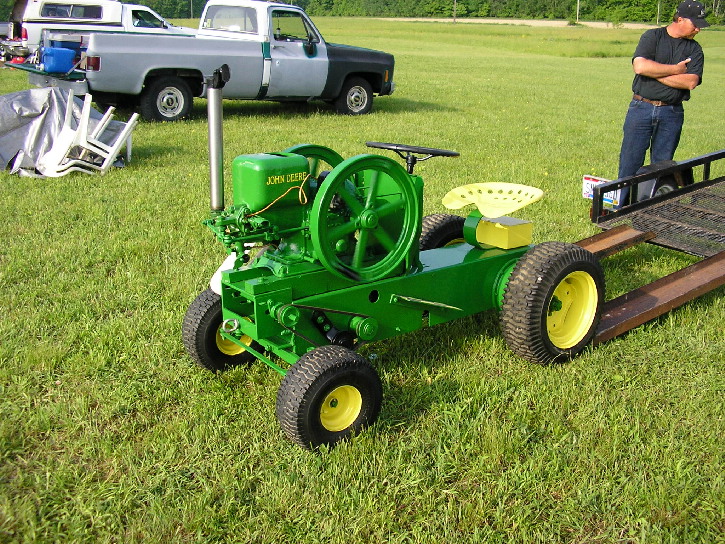
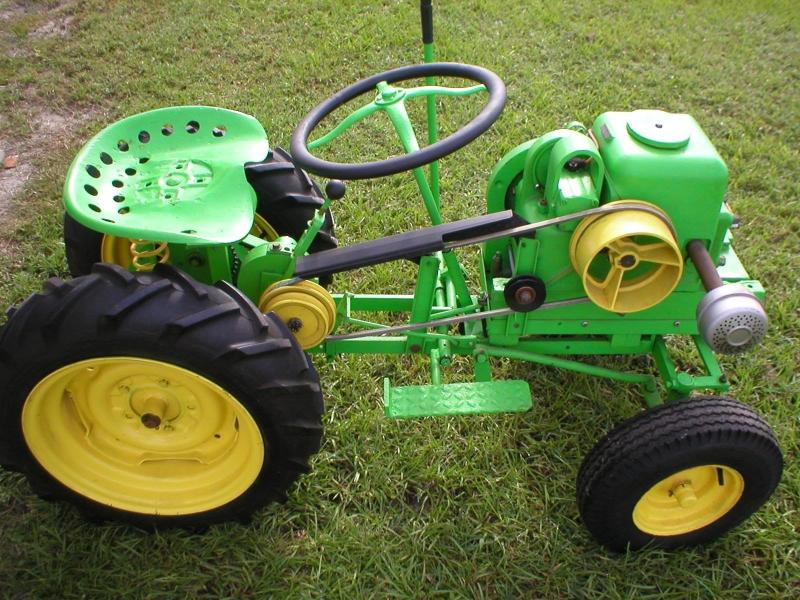
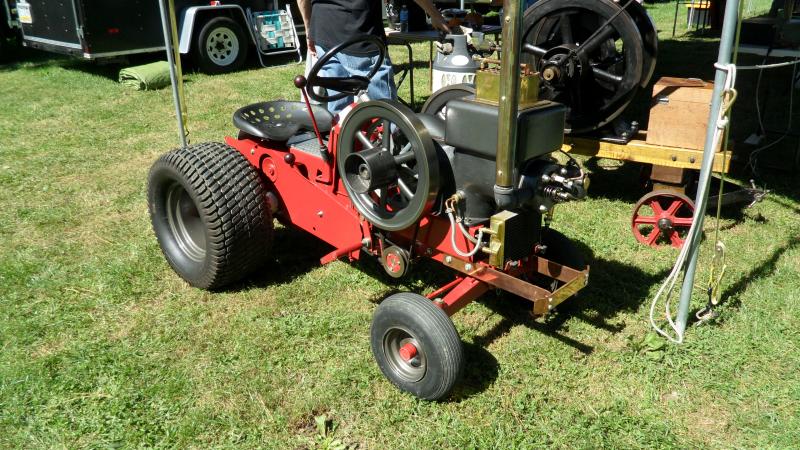
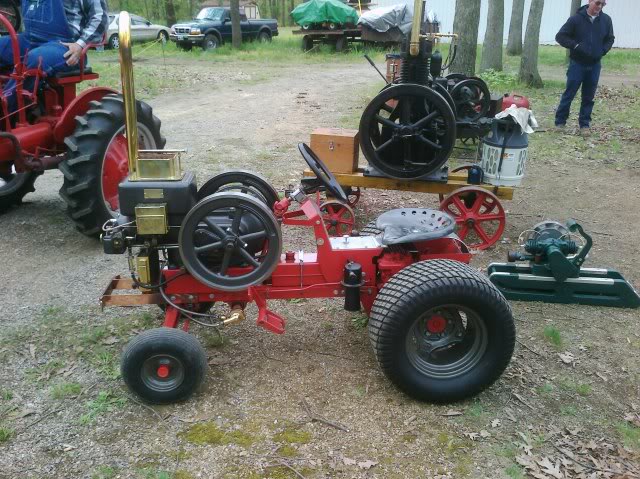
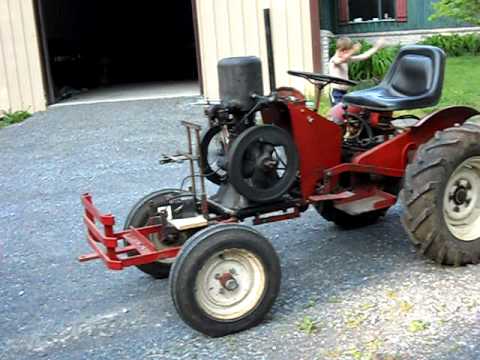
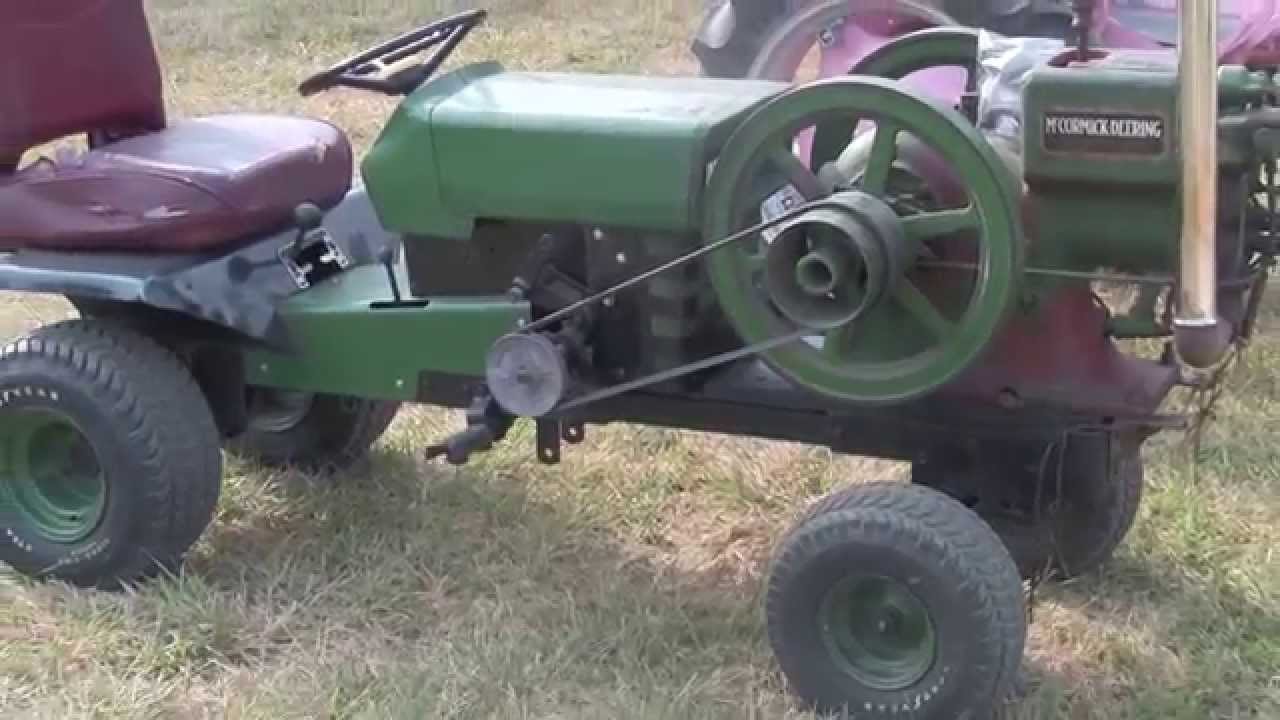
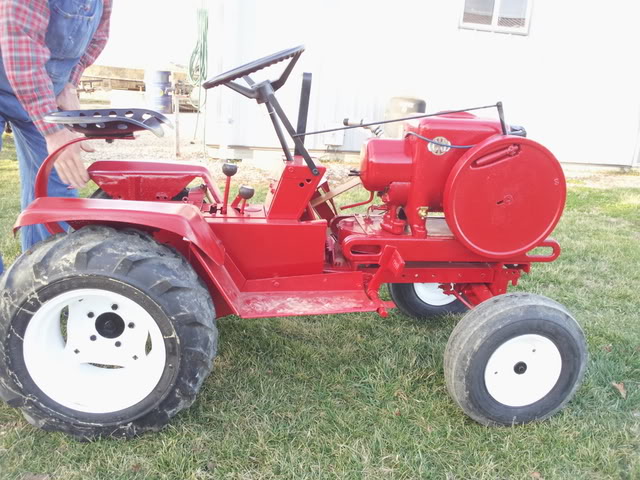
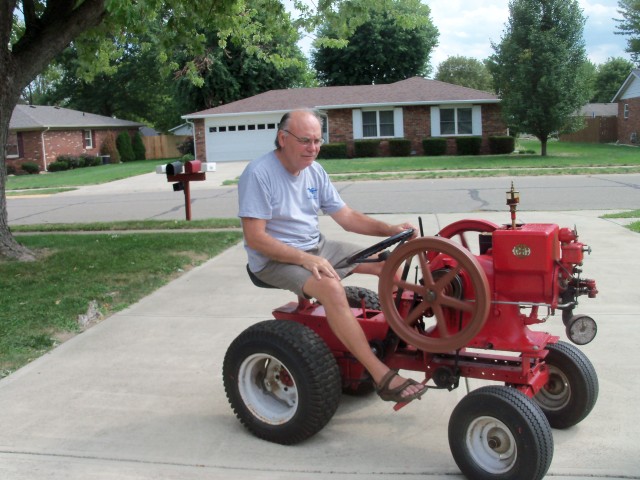
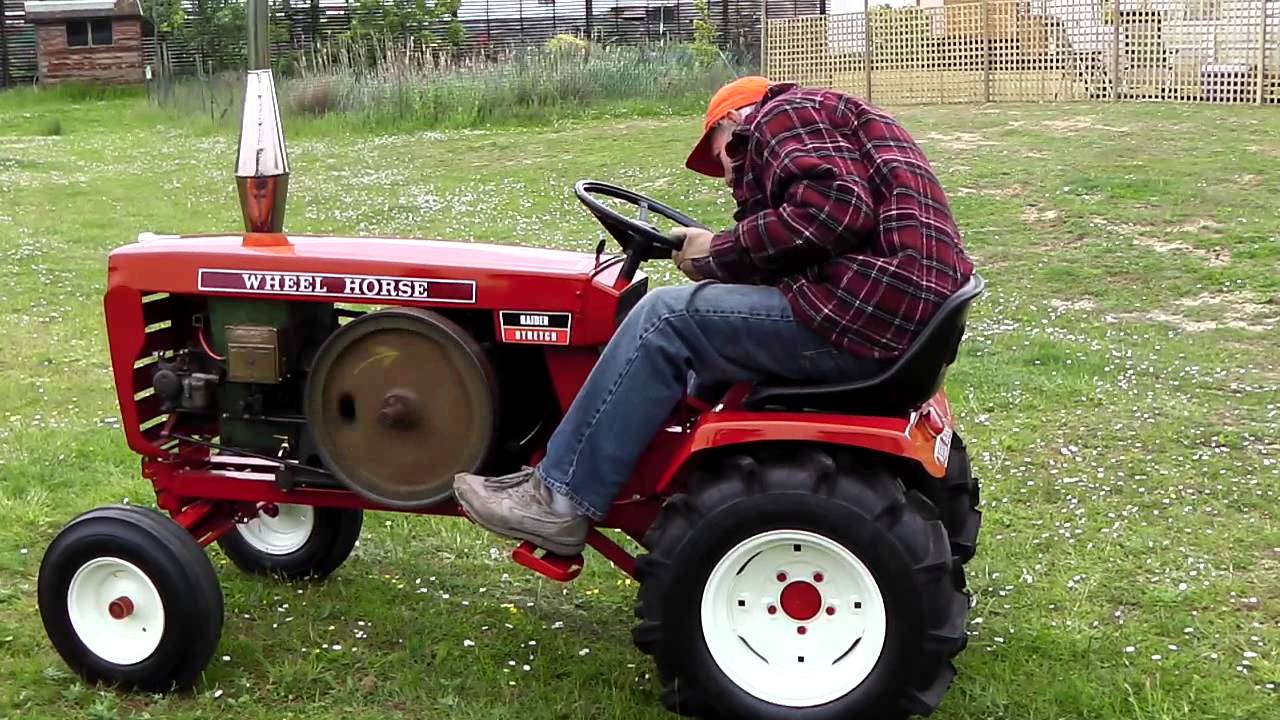
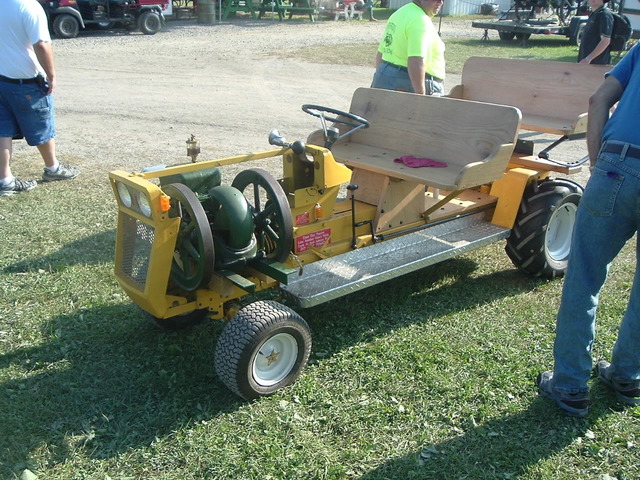
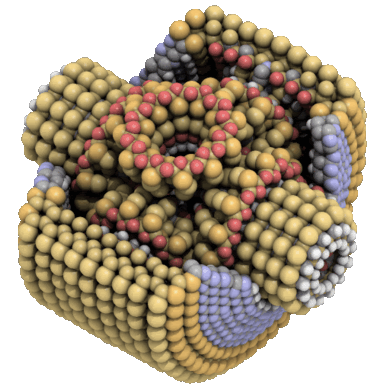
*
In Progress . . . . .
A TTG Design/Build Hit & Miss Tractor...
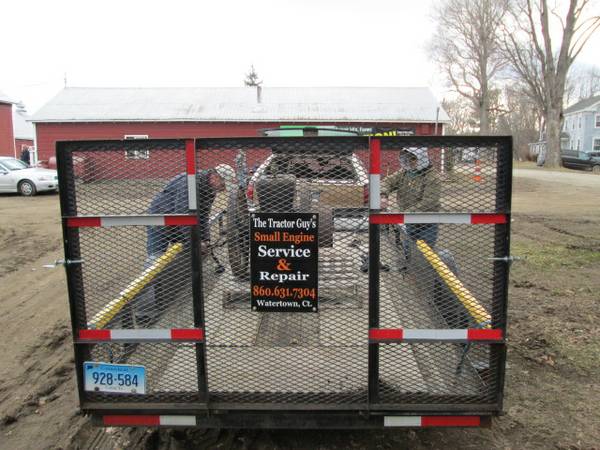
View Here
The Tractor Guy's are
members of the
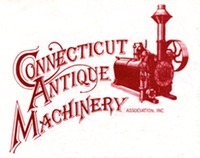
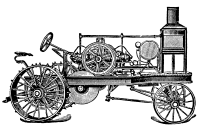
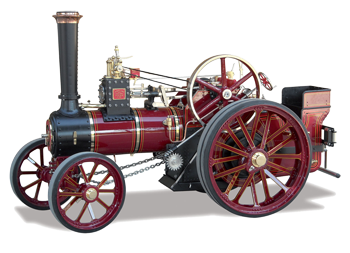
31 Kent Cornwall Rd, Kent, Ct.
More Information

 TTG Home Page
TTG Home Page
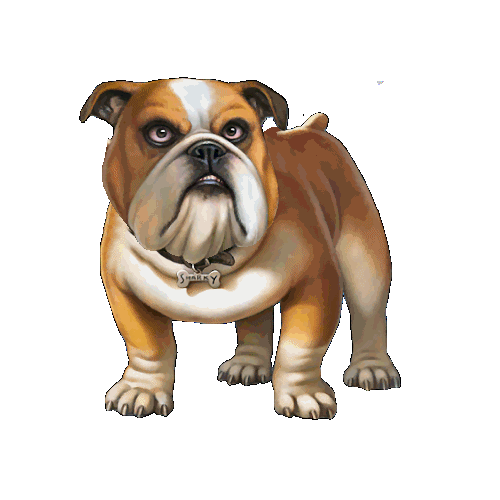
© 2011 ~ 2022
site was designed built and is maintained by
thetractorguysct.com all rights reserved